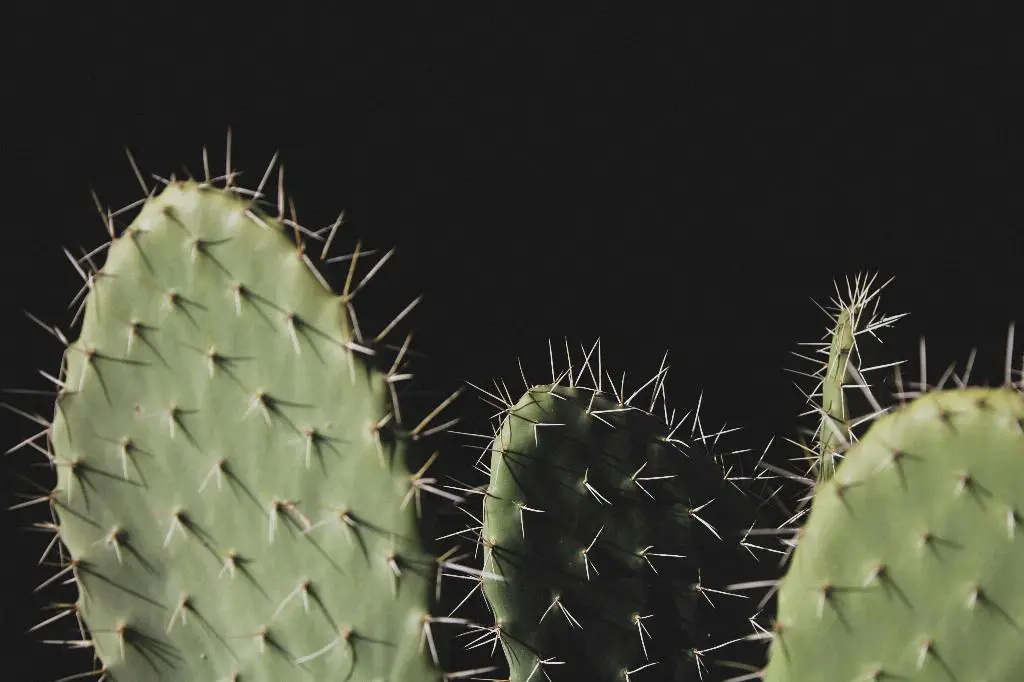If you’ve recently welcomed a prickly pear cactus into your plant collection, you may be wondering how to care for it properly. These resilient desert plants bring a touch of the Southwest into your home with their unique appearance, but they do require specific care to thrive. In this guide, we’ll explore essential tips on how to care for your prickly pear cactus to ensure it grows healthy and happy.
1. Proper Watering
One of the critical factors in caring for your prickly pear cactus is proper watering. It’s essential to water the cactus whenever the compost has dried out completely. Allow any excess water to drain away to prevent waterlogging, which can lead to root rot. During the growing season from spring to early autumn, maintain a regular watering schedule, but reduce watering in the winter months when the plant is dormant.
2. Feeding Your Cactus
Another crucial aspect of caring for your prickly pear cactus is feeding it with a cactus-specific fertilizer. Use a balanced cactus fertilizer once every two months during the growing season to provide essential nutrients for healthy growth. Avoid over-fertilizing, as this can harm the plant. Always follow the instructions on the fertilizer package for the best results.
3. Winter Care
During the winter months, it’s essential to adjust your prickly pear cactus’s care routine to accommodate its dormant period. Move the cactus to a cooler spot with lower light levels to encourage blooming in the spring. Reduce watering during this time to prevent the roots from sitting in wet soil, which can cause issues for the plant.
4. Repotting Schedule
As your prickly pear cactus grows, you may need to repot it to provide ample space for root growth. Younger plants should be repotted annually in the spring to refresh the soil and promote healthy development. Mature plants can be repotted every couple of years to prevent them from becoming root-bound. Choose a well-draining potting mix designed for cacti and succulents when repotting.
5. Sunlight Requirements
Like most cacti, prickly pear cacti thrive in bright, indirect light. Place your cactus near a sunny window where it can receive plenty of sunlight throughout the day. However, be cautious of intense afternoon sunlight, as this can scorch the plant. Rotate the cactus periodically to ensure even growth on all sides.
6. Temperature Considerations
Prickly pear cacti prefer warm temperatures during the growing season but can tolerate cooler temperatures in the winter. Keep your cactus away from drafty areas and sudden temperature fluctuations, as these can stress the plant. Ideally, maintain a consistent room temperature for optimal growth.
7. Pests and Diseases
While prickly pear cacti are relatively resilient to pests and diseases, they can still fall victim to common issues like spider mites or mealybugs. Inspect your cactus regularly for any signs of infestation, such as webbing or cotton-like masses on the plant. Treat infestations promptly with natural or chemical remedies to protect your cactus.
8. Pruning and Propagation
Prickly pear cacti may require occasional pruning to maintain their shape and prevent overcrowding. Use sterile pruning tools to remove any dead or damaged segments from the plant. Additionally, you can propagate new cacti from stem cuttings or pads to expand your collection or share with friends.
9. Soil Requirements
Choosing the right soil mix is crucial for the overall health of your prickly pear cactus. Opt for a well-draining cactus or succulent mix that allows excess water to flow through easily. Avoid heavy, moisture-retentive soils that can lead to root rot. You can also add perlite or sand to the soil mix for improved drainage.
10. Monitoring Growth and Health
Regularly monitor your prickly pear cactus for any signs of stress, such as yellowing or wrinkling of the pads, which could indicate overwatering. Healthy cacti will have plump, firm pads with vibrant green coloration. Adjust your care routine as needed based on the plant’s growth and overall health.

11. Seasonal Considerations
As the seasons change, be mindful of adjusting your care practices to accommodate your prickly pear cactus’s fluctuating needs. During the summer months, provide ample hydration and sunlight, while in the winter, reduce watering frequency and exposure to cold drafts. By tailoring your care routine to the season, you can promote optimal growth for your cactus.
12. Enjoying Your Prickly Pear Cactus
Caring for a prickly pear cactus can be a rewarding experience, as you watch this unique desert plant thrive and bloom in your home. By following these essential care tips and staying attentive to your cactus’s needs, you can enjoy a healthy and vibrant cactus collection for years to come. Embrace the beauty and resilience of prickly pear cacti as they add a touch of the desert to your indoor oasis.
